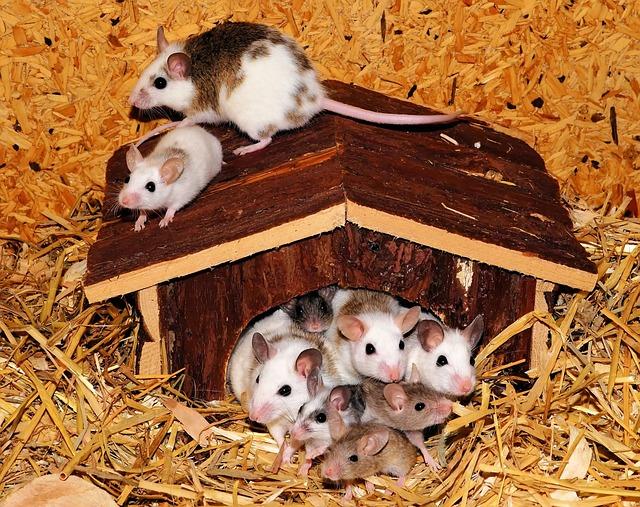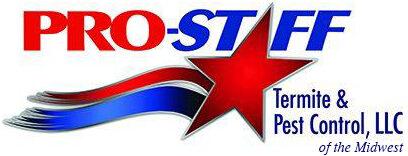
Rodents can be cute when observed in controlled environments, like at the zoo or in a pet cage. However, when they show up to your home uninvited, they’re anything but adorable. Since these two types of rodents live differently, you probably won’t be dealing with both at the same time. Here are the signs that you have a mouse problem or a rat problem.
House Mice
If there’s a mouse problem on your property, you’re probably dealing with house mice. These creatures are small, between 2 and 4 inches long, and they use this to their advantage. Skilled climbers and curious explorers, house mice are difficult to find but easy to trap. Here are signs that mice have infested your home:
- Nesting: Mice use paper, cardboard, clothing, and other soft materials for nesting. If you find a five-inch-wide ball of soft, shredded material, it may be a mouse nest.
- Tracks: Mouse tracks are less than one inch wide, with four toes on front paws and five in the back.
- Property damage: If you hear scratching sounds in walls, it’s probably a mouse. You may also find chewed wire, as well as holes in food and non-food packaging.
- Droppings: Mouse droppings are pointy and seed shaped, usually about a quarter inch long.
- Noises: If you have mice, you’re more likely to hear scratching in the walls than squeaking.
Rat Infestation
The two types of rats you are likely to encounter in your home are Norway rats and roof rats. Norway rats are the most common, and they prefer low places. Roof rats can be found higher up, in spaces like attics. These cautious creatures become aggressive when provoked but otherwise avoid contact with humans. Here are signs that you have a rat problem:
- Tracks: Rat tracks are similar to mouse tracks in that they have four toes in the front and five in the back, but they have longer hind feet and leave behind claw marks.
- Property damage: Rats have stronger teeth than mice, so along with chewed wire, you may find chewed piping, insulation, sheet metal, lead pipes, and concrete. You may also find tooth or scratch marks where they shouldn’t be.
- Droppings: Rat droppings are dark pellets with blunt ends, measuring about one inch long.
- Noises: Rats squeak more loudly than mice, so if you hear more squeaking than scratching, you’re probably dealing with rats.
Both Types of Rodents
Both of these rodents seek shelter in the winter, and they turn to human homes for warmth. If you find grease spots or scratch marks on baseboards, cabinets, window panes and doors, it could be either rats or mice. They will both make holes in food packaging, but the ones rats make are bigger. All rodents nest, but you’re more likely to find a mouse nest than a rat’s nest. When making their homes, both will burrow in boxes and beneath clutter. If you see any of these signs, Pro-Staff can help.
The Des Moines rodent control experts at Pro-Staff know all about mice and rats, so we can help with any kind of rodent infestation. Give us a call at 515-279-7378 or contact us online.
